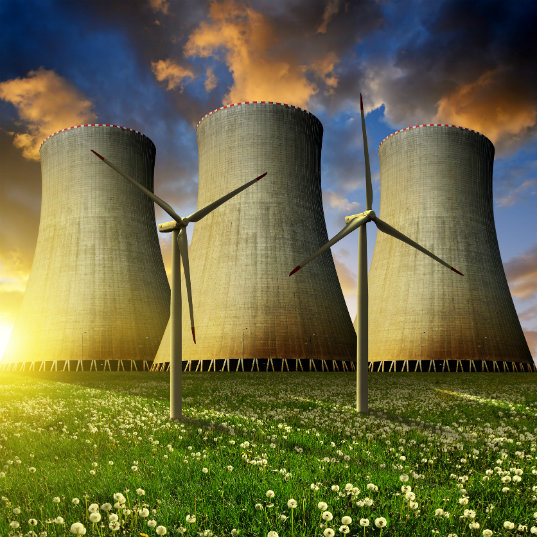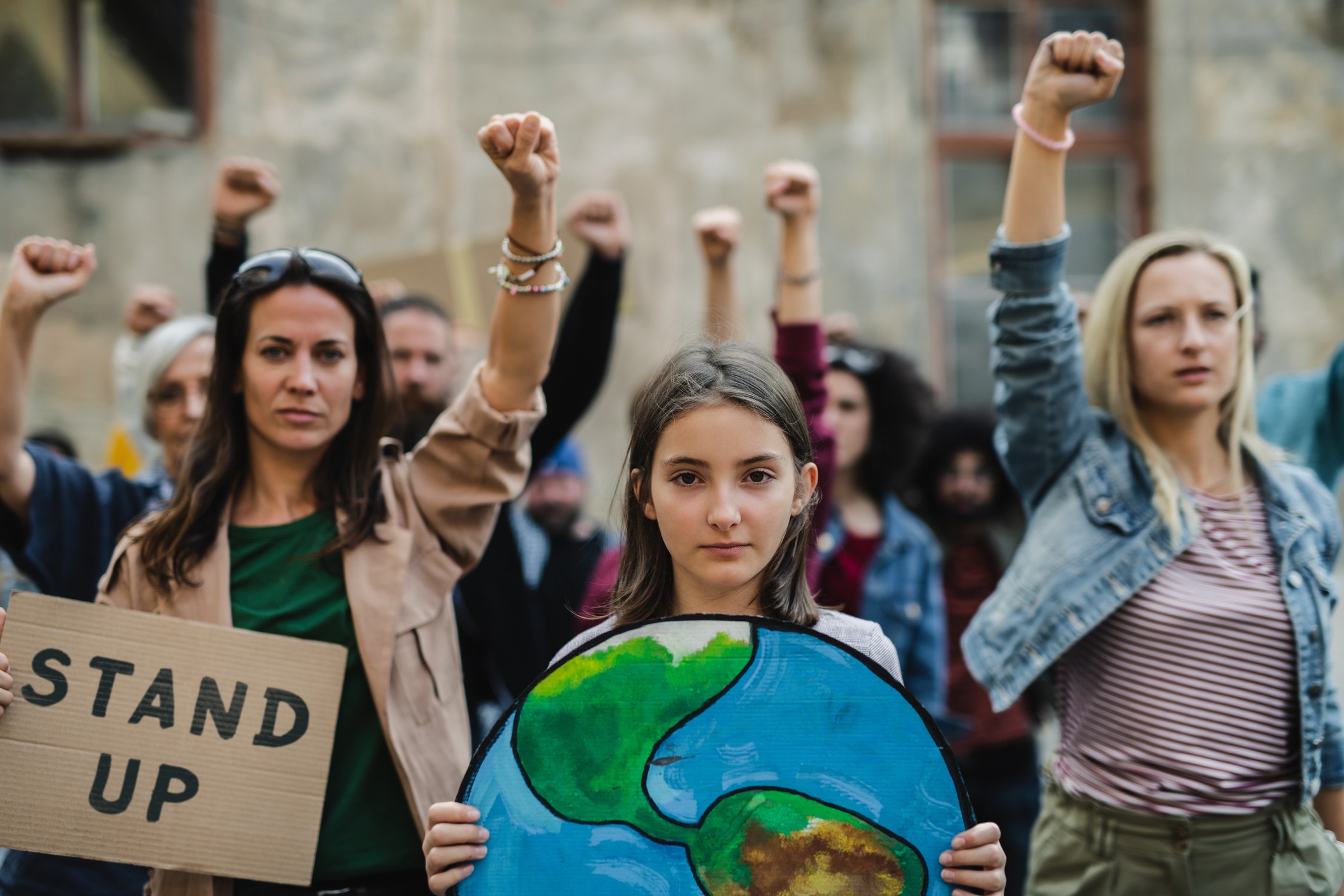Commitments to fighting climate change by the biggest polluting countries
What are the NDCs of the five states that emit the most carbon dioxide?
10/05/2017
One of the most important points in the Paris Agreement, the treaty approved in December 2015 by 195 nations at the Paris Climate Summit (COP21), concerned the commitment of countries to the fight against climate change. This worldwide pact achieved something that had rarely been done before: it won the commitment of all countries – developed and developing – to reduce the greenhouse gas emissions responsible for global warming.
For this, it was necessary to quantify the commitment with figures for mitigation, adaptation, investment in technology, and so on. And this gave birth to the INDCs (Intended Nationally Determined Contributions), which went on to become the NDCs (Nationally Determined Contributions) when the countries officially adopted the Paris Agreement. Today 160 parties have already published their NDCs, which will enter into force in 2020. Furthermore, every five years, starting in 2023, a global report will be published on the progress towards the aim of limiting the increase in temperature to 20C above the pre-industrial level.
Of all the states that have already communicated their intentions to reduce emissions, let’s consider those that cause the most pollution, i.e. China, the United States, the European Union, India and Russia. 73.01% of greenhouse effect gases are emitted from these five member states alone. Detailed below are the commitments they aim to meet through mitigation and adaptation, technological capacity, financing and other measures.
China
The world’s most polluting country is home to the most polluting company in the world. China Coal is responsible for 14.3% of global CO2 emissions. China is the most populated country on Earth with 1.38 billion inhabitants and it represents 26.83% of the global greenhouse effect emissions. Its thriving economy – GDP has grown annually at a pace of around 10% for the past three decades – is the source of an inordinate consumption of resources and generation of electricity from fossil fuels.
These are the objectives China has committed to for 2030. It says it will:
- Reach its maximum emission levels in 2030, bringing that date forward as far as possible
- Reduce carbon dioxide emissions per unit of GDP by between 60% and 65% from 2005 levels
- Increase by 20% the use of non-fossil fuels in its energy mix
- Increase forest area by 4.5 billion cubic meters compared to 2005.
United States
The world’s biggest power is responsible for 12.56% of the planet’s polluting emissions. President Trump is to abandon the Paris Agreement, however, and will presumably impede the country’s commitment to reduce emissions in the present and future. Its 323 million inhabitants are the starkest example of a consumer society. According to Global Footprint Network, we would need 4.8 planets if all the people in the world consumed like in the USA, given the intensity of production of goods and services that makes the US the Earth’s second most polluting country.

These are the NDCs the US committed to, before the inauguration of the current president:
- Achieve by 2025 a reduction in greenhouse gas emissions of between 26% and 28% compared to 2005
- Achieve by 2050 a reduction in emissions of at least 80% compared to 2005.
European Union
The 28 nations that make up the European Union acted together when negotiating at the climate summit and have established a joint commitment from among all the members, which are together responsible for 9.66% of global emissions. Despite many EU countries being green energy leaders, the EU’s 512 million population means it is the third biggest polluter on the planet.
This is the EU’s commitment to reduce emissions:
- Achieve a reduction of 40% in greenhouse gas emissions by 2030, with respect to 1990
- Lower GHG emissions by between 80% and 95% by 2050, with respect to 1990
- Establish, before 2020, a policy on land use, changes in land use and forestry as part of actions to mitigate GHG emissions by 2030.
India
The country with worst atmospheric pollution index is responsible for 6.65% of global carbon dioxide emissions. Of the 1.324 billion inhabitants in India, about half – 660 million – die prematurely due to pollution. Overcrowding and economic growth are two of the main factors in pollution.
These are the objectives India has set itself for 2030:
- Reduce emissions intensity per unit of GDP by between 33% and 35% from 2005 levels
- Ensure that 40% of its energy capacity is of non-fossil fuel origin, an objective conditional on technological help and lower financing costs from the Green Climate Fund
- Create a forest carbon sink able to absorb between 2.5 and 3 billion tonnes of CO2.
Russia
Russia is responsible for 5.03% of polluting emissions worldwide. The country that controls the biggest reserves of natural gas in the world, as well as its distribution, also emits carbon dioxide on a large scale. With 144 million inhabitants spread across its territory, the most extensive on the planet, Russia pollutes above all by energy production, as well as consumption of natural resources. If everyone consumed like Russia, we would need 3.3 planets the size of Earth, says the Global Footprint Network.
Russia’s commitment to reducing polluting emissions is to:
- Reduce greenhouse gases by between 70% and 75% by 2030, compared to 1990 levels.
The NDCs: necessary, but enough?
Although all parties to the Paris Agreement publicly agreed that these commitments to reduce emissions are essential in stopping climate change, Christiana Figueres, former executive director of UNFCCC (the United Nations Framework Convention on Climate Change), the body that analyzed all the INDCs), insists they will not be enough to keep the increase in temperature below 20C above pre-industrial levels. “The INDCs have the capability of limiting the forecast temperature rise to around 2.70C by 2100, by no means enough but a lot lower than the estimated four, five or more degrees of warming projected by many prior to the INDCs.”
Sources: Expansión, UNFCCC, UNFCCC II, ONU Cambio climático, World Resources Institute, Ecoosfera, esGlobal, Natura Medio Ambiental, Ecología Verde, Inter Press Service, Global Footprint Network and World Resources Institute II.







